|


256-bit encryption
$500,000 protection

|
USS ORISKANY
USS Oriskany was an
Essex-class aircraft
carrier. The ship was named for the Battle of Oriskany
in the Revolutionary War. Commissioned in 1950, she was
the final Essex-class ship completed.
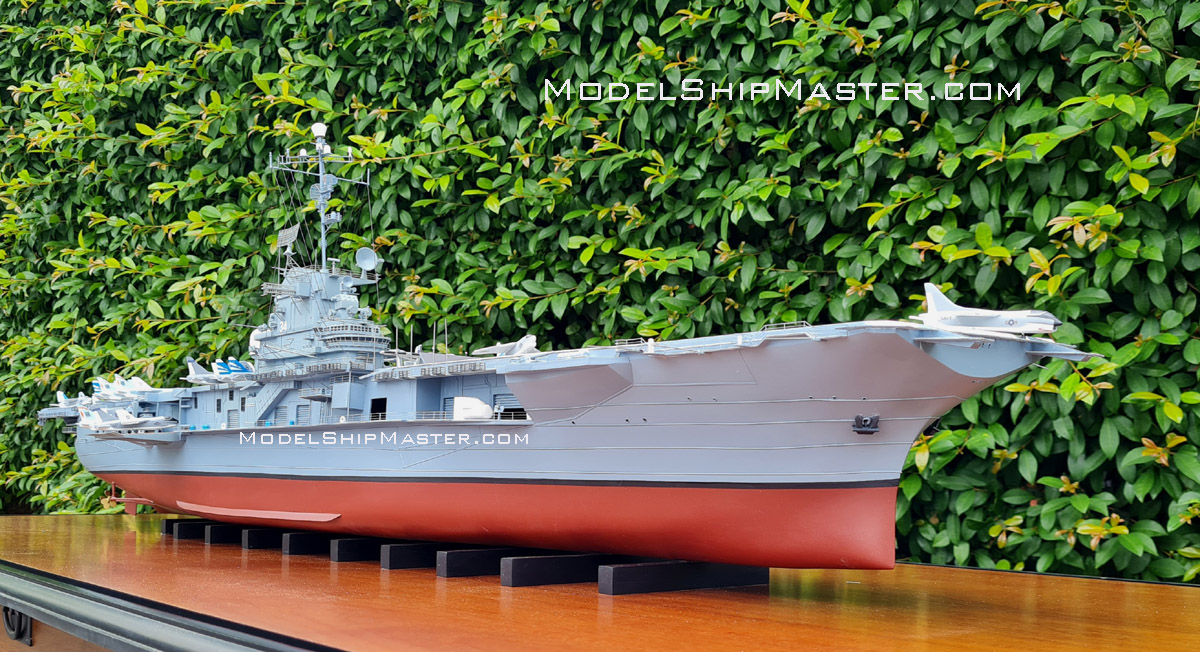
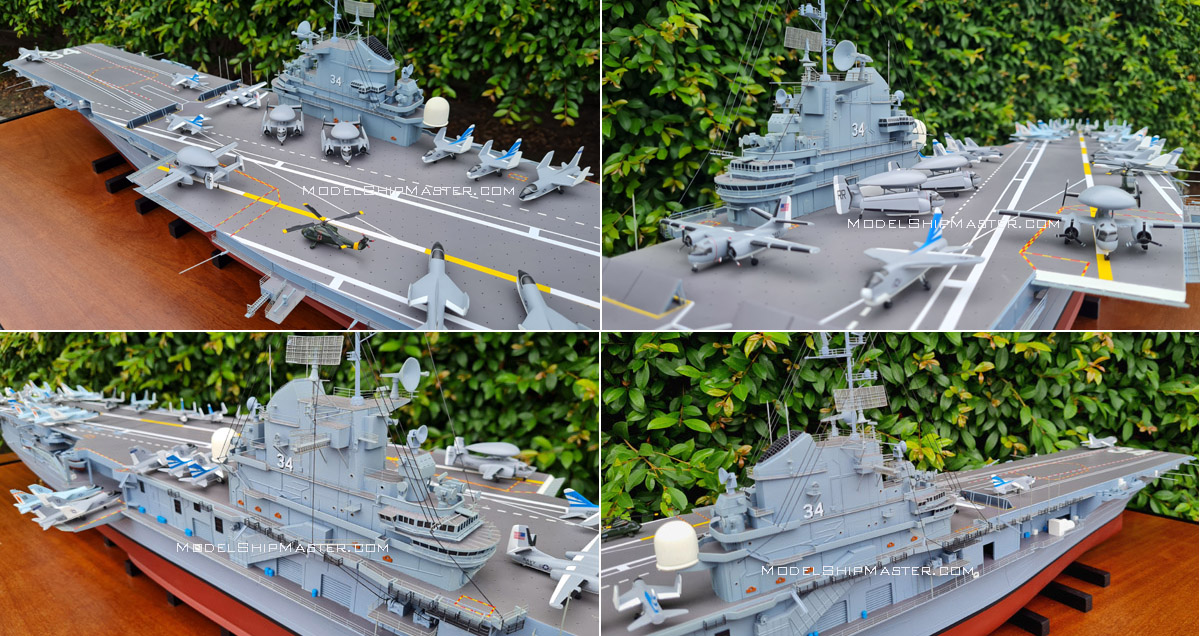
USS Oriskany was
was converted to an updated design called
SCB-27. This updated version became the template for
modernization of 14 other aircraft carriers.
On 13 August 1956, the
Oriskany
aircraft carrier entered the shipyard
in San Francisco to undergo
the modernization program. She received a new
angled flight deck, aft deck edge elevator, enlarged
forward elevator, and enclosed hurricane bow. To
handle the much heavier, faster aircraft of the early
jet-era, the wooden flight deck planking was also
replaced with aluminum planking. Powerful
new steam catapults replaced the older hydraulic
catapults. The modernization was very extensive,
requiring some two years for each
aircraft
carrier.
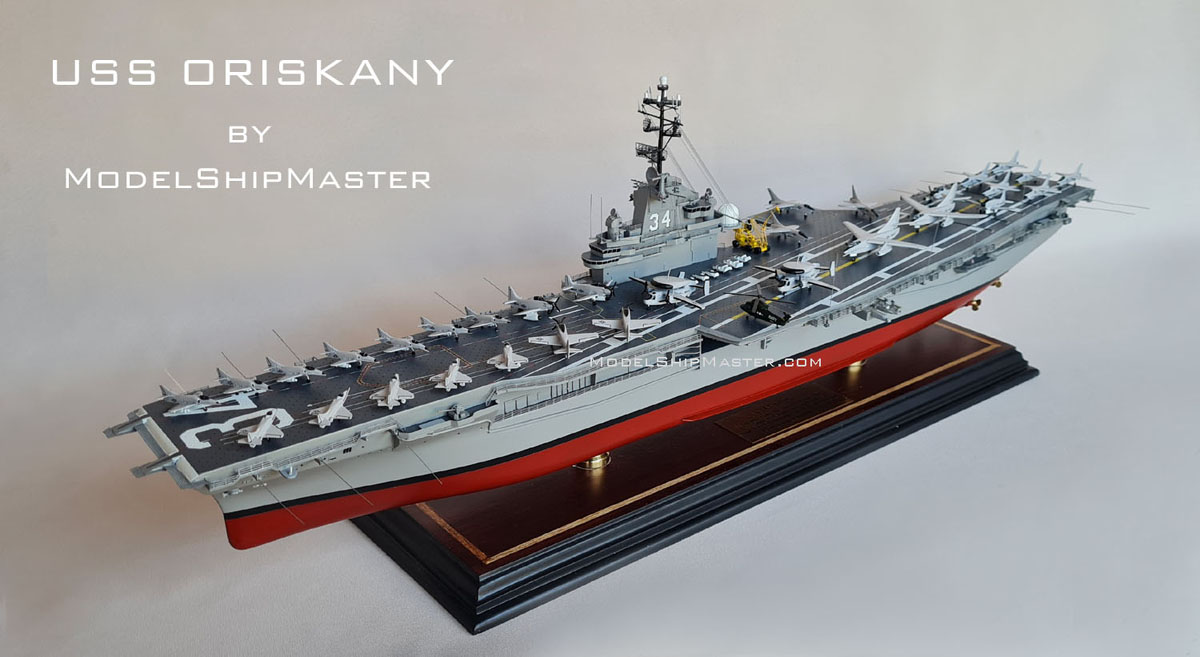
Internally, aviation fuel capacity was increased to
300,000 gallons (a 50% increase.) Fire fighting
capabilities were enhanced through the addition of two
emergency fire and splinter bulkheads to the hangar
deck, a fog/foam firefighting system, improved water
curtains and a cupronickel fire main. Also improved were
electrical generating power, and weapons stowage and
handling facilities. All this added considerable weight: displacement increased by twenty percent.
The
USS Oriskany sat lower
in the water. However, maximum speed was good 31 knots.
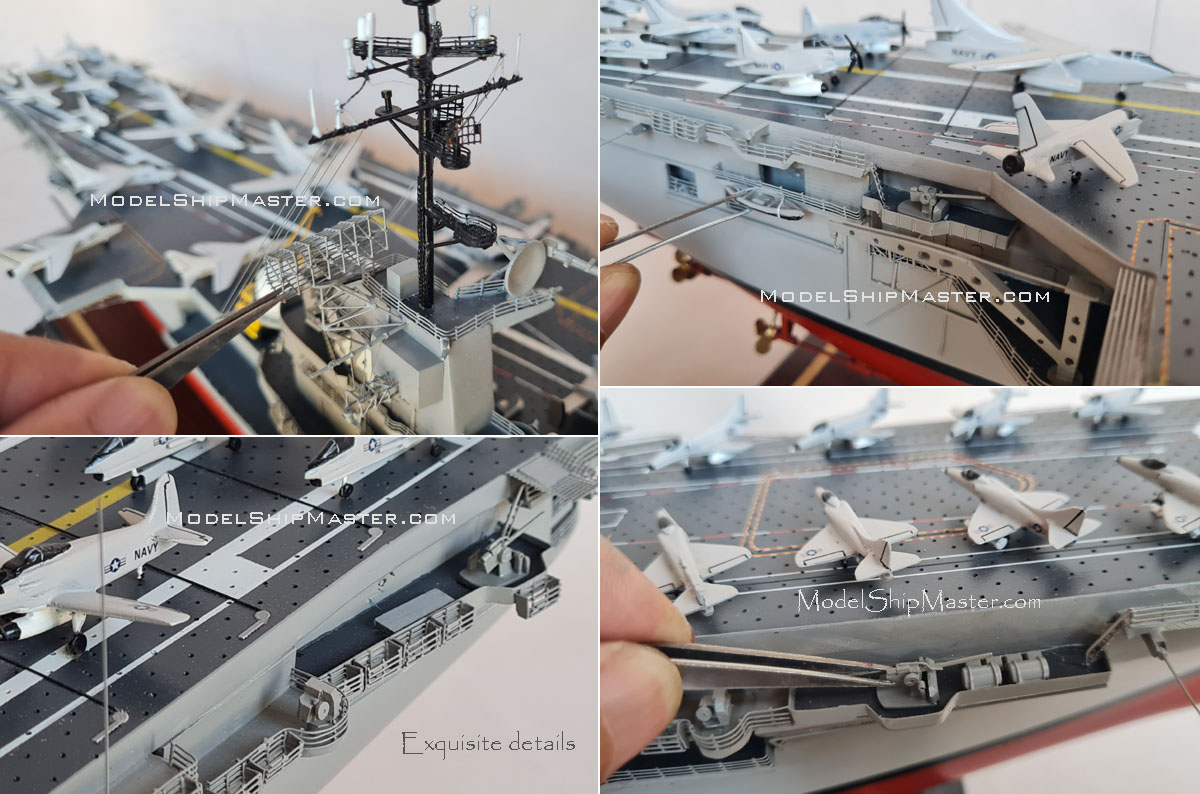
In 1952, a pilot on the USS Oriskany shot down four Soviet fighter jets and
became a legend. Click here to read an article about
Williams flying the F9F Panther in action: https://www.cnn.com/2023/01/20/asia/korean-war-fighter-pilot-soviet-shootdown-intl-hnk-ml/index.html
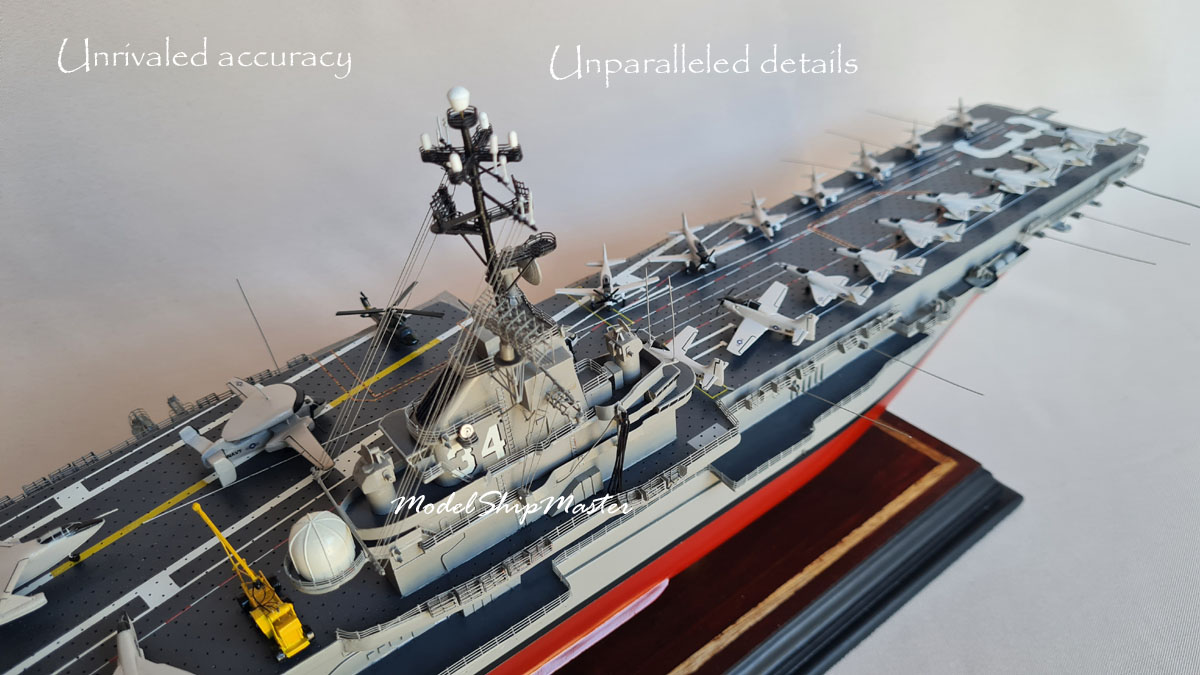
On 5 April 2004, the Navy
announced that it would transfer the USS Oriskany to
the State of Florida for use as an artificial reef.
The
aircraft
carrier Oriskany was towed to
Pensacola in December 2004. When a 500lb explosive
detonated, the ship sank stern first in 210 ft of water. As was intended, the ship
came to rest lying upright. Oriskany is now popularly known as the "Great Carrier Reef", a
reference to Australia's Great Barrier Reef.
USS Oriskany aircraft
carrier was featured in the movies Men of the
Fighting Lady and The Bridges at Toko-Ri.
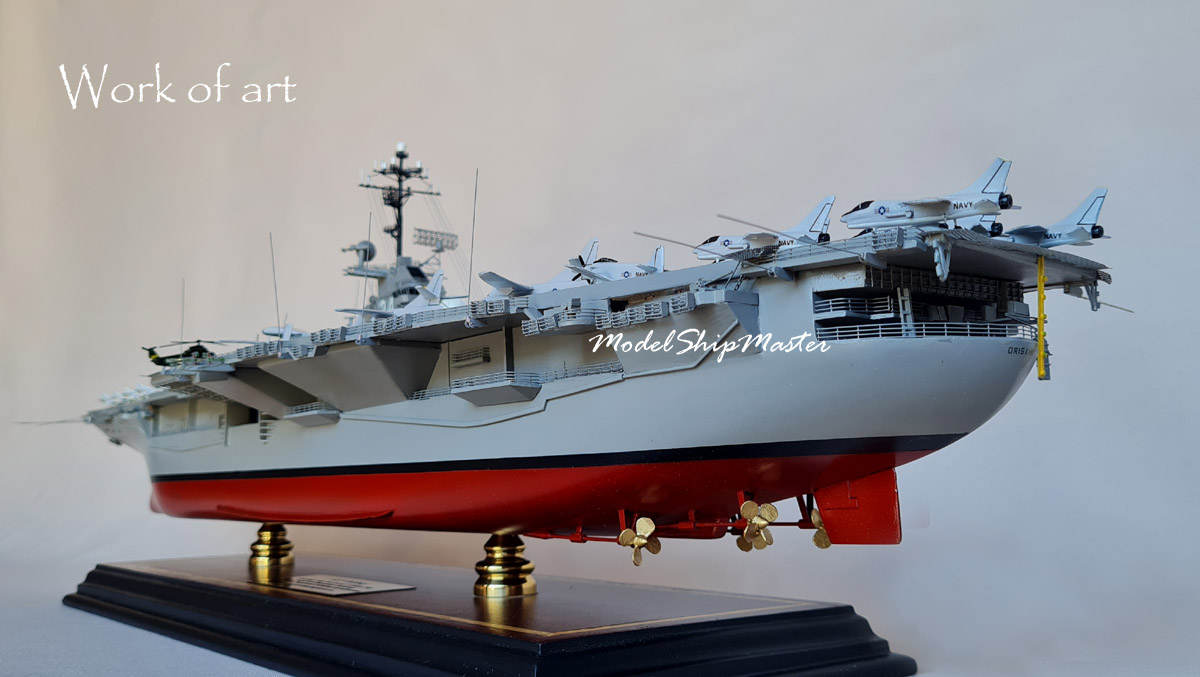
We build this primarily wood USS Oriskany
model in two sizes: 53"
long (1/200 scale) and 31" long (1/350 scale). Email
us for quotes. Note that all quotes include a small
base. It costs more for a large base that can
accommodate an acrylic top. to Airplane included: A-7 Corsair, F-8, RF-8G
Crusader, E-1B Tracer, Grumman C-1 Trader, SH-2
Seasprite.
Learn more about the USS Oriskany
here: https://en.wikipedia.org/wiki/USS_Oriskany_(CV-34)
|